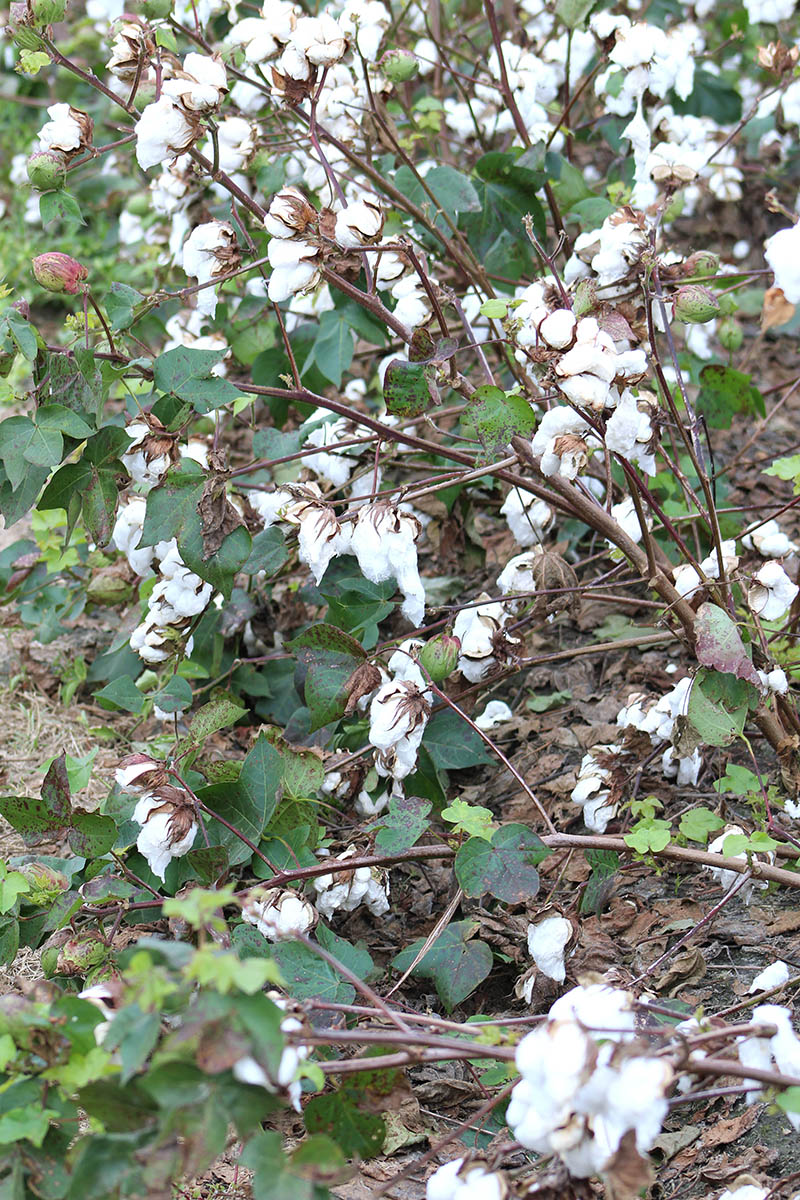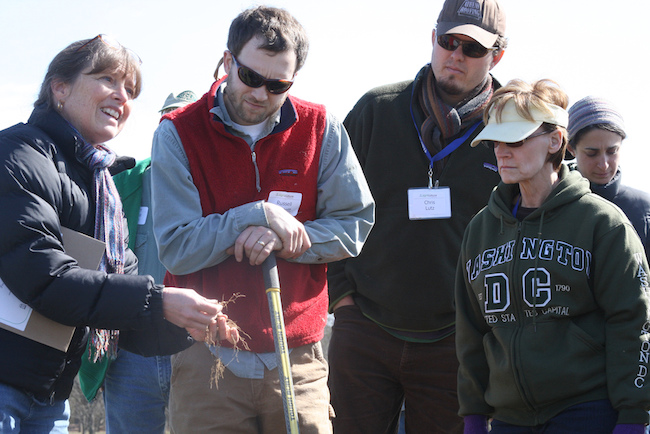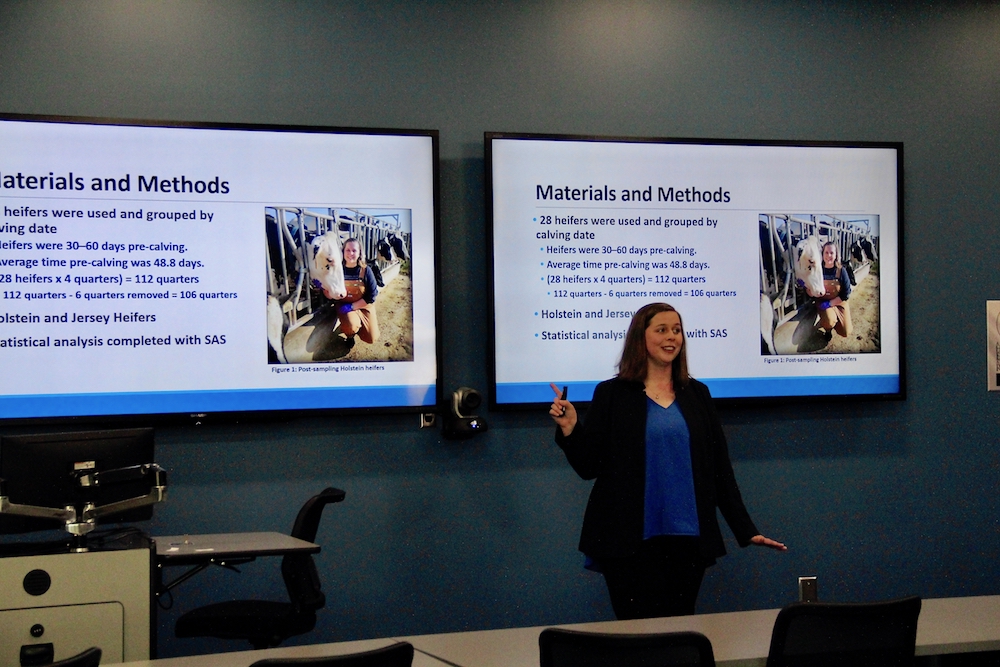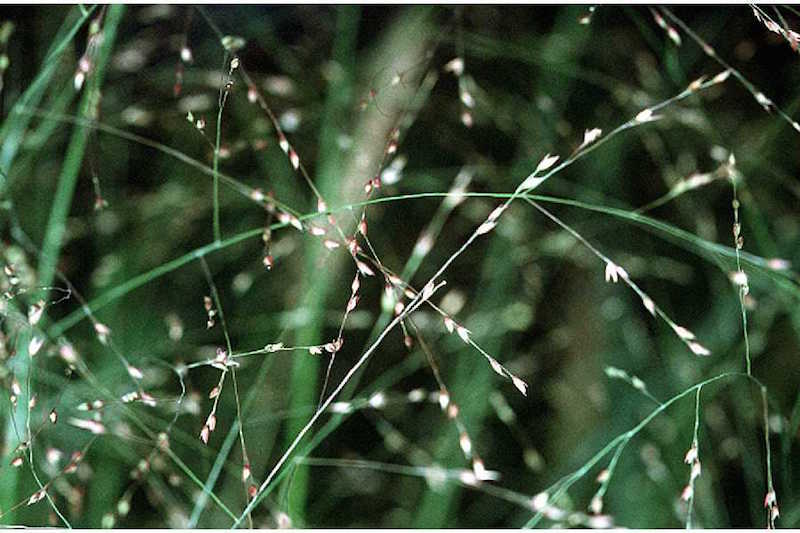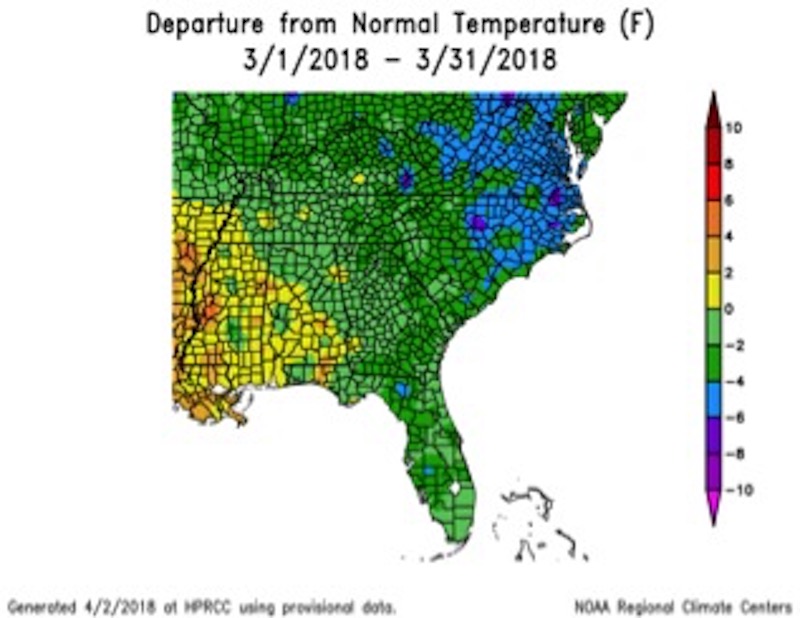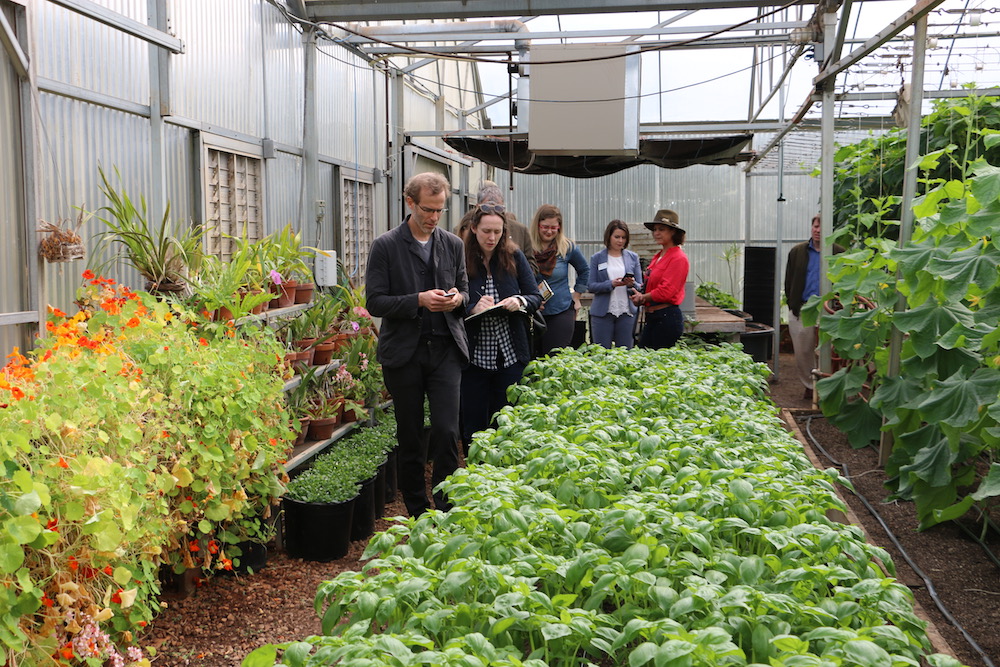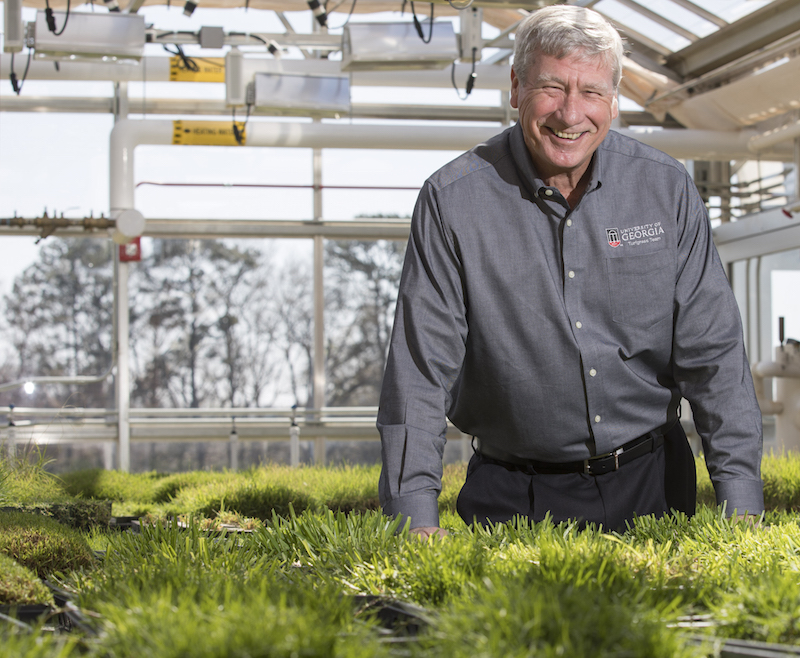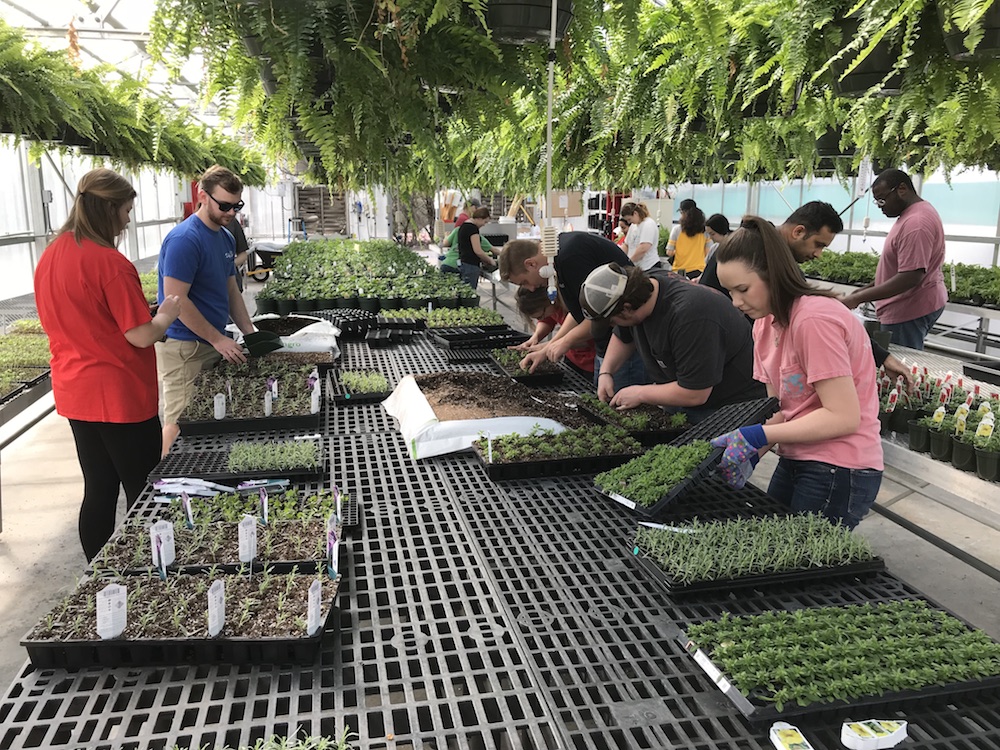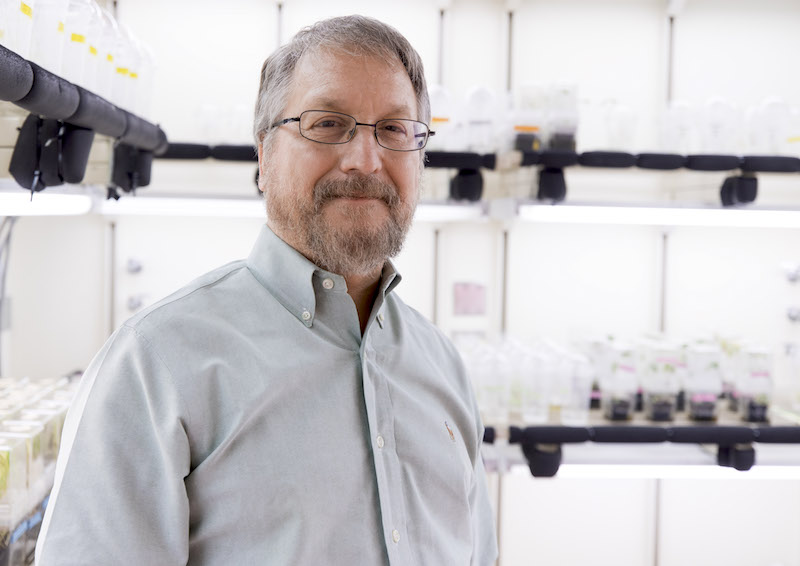 CAES News
CAES News
Parrott Honored
The University of Georgia Research Foundation has named Wayne Parrott, UGA professor of crop and soil sciences, a Distinguished Research Professor. The award recognizes contributions to knowledge and work that promises to foster continued creativity. Parrott specializes in plant genetics and is one of the world’s leading authorities on soybean genomics and technologies that allow for the improvement of crop plants.

